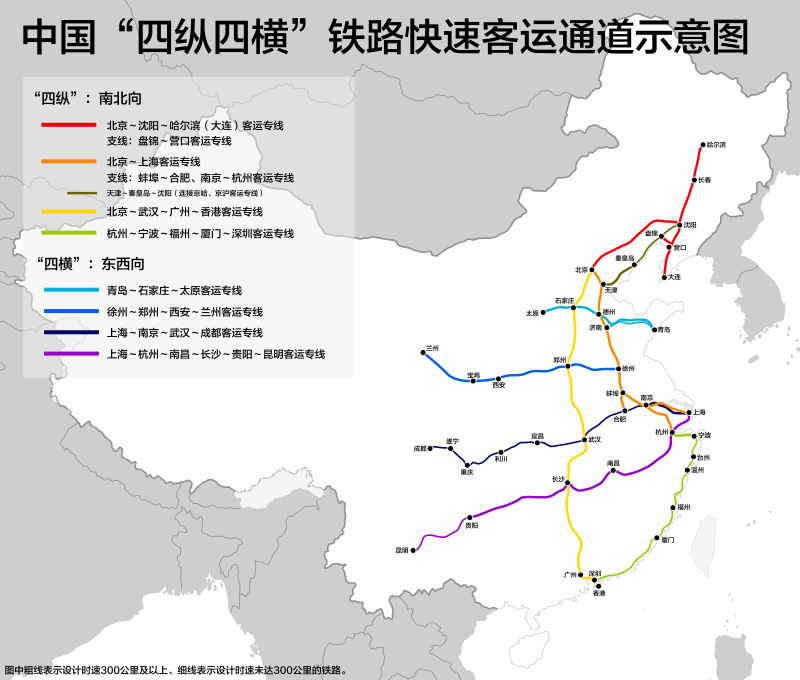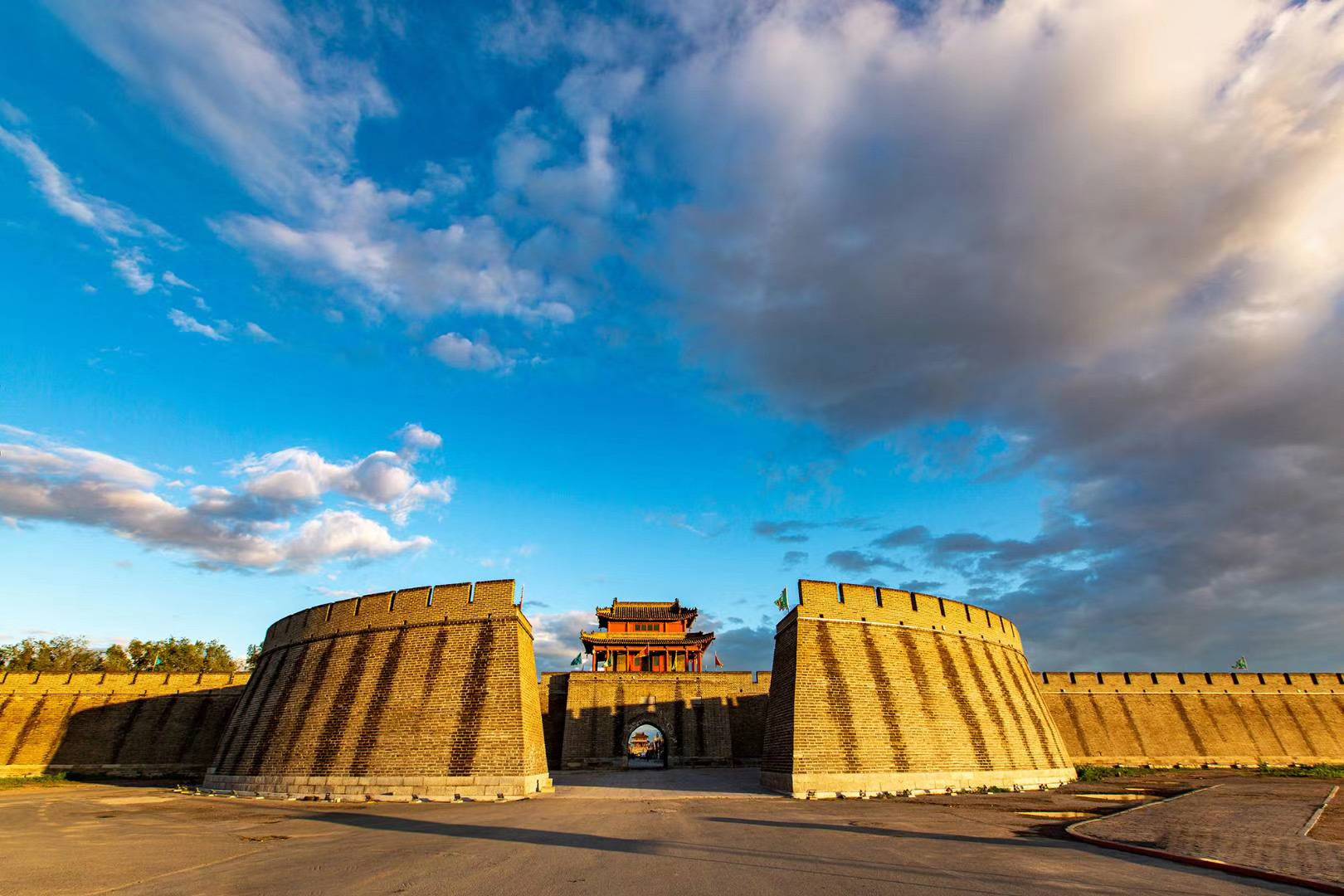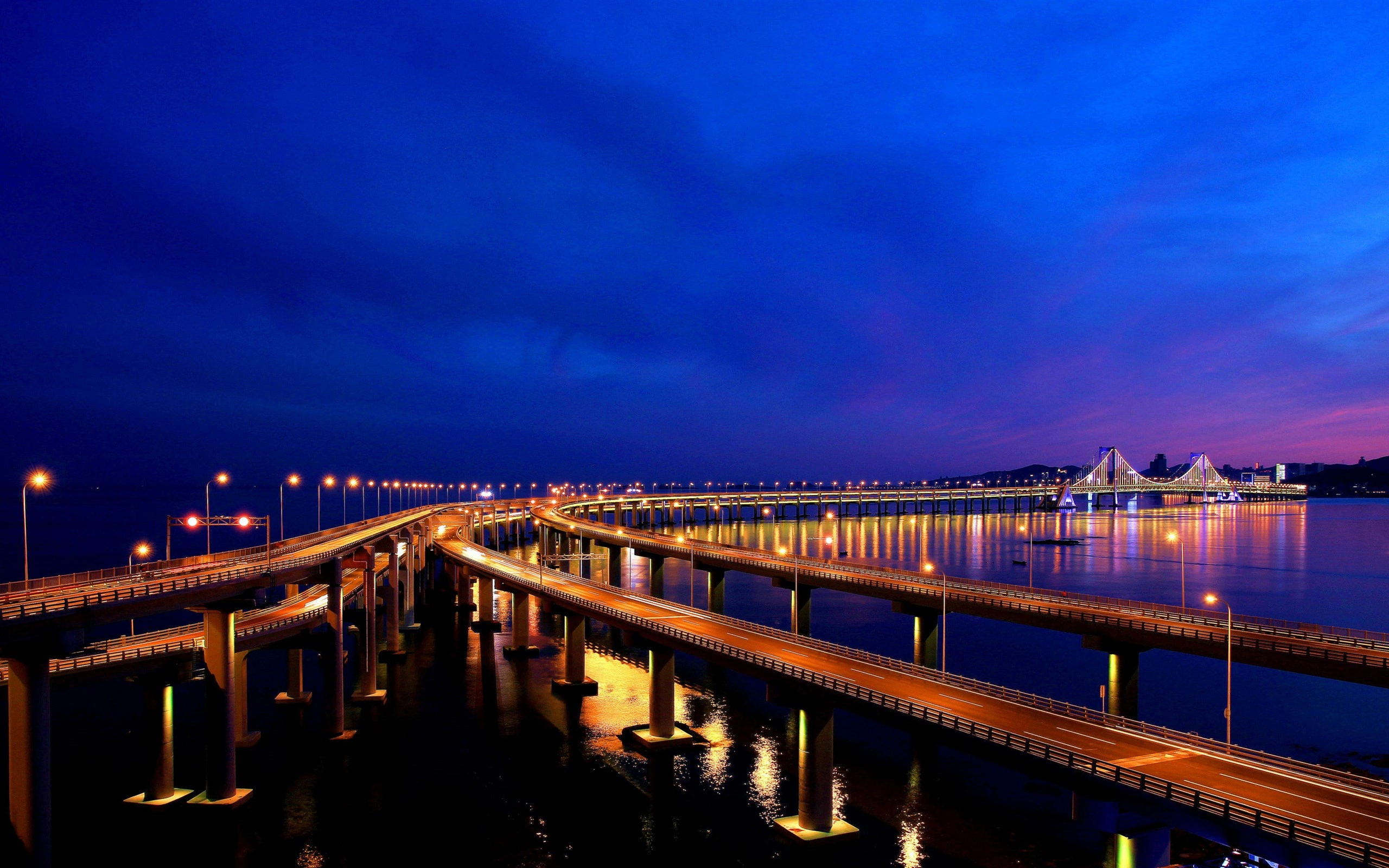
Deutsch-Chinesische Enzyklopädie, 德汉百科
 Liaoning Sheng-LN
Liaoning Sheng-LN


 Anhui Sheng-AH
Anhui Sheng-AH
 Beijing Shi-BJ
Beijing Shi-BJ
 China
China
 Fujian Sheng-FJ
Fujian Sheng-FJ
 Gansu Sheng-GS
Gansu Sheng-GS
 Guangdong Sheng-GD
Guangdong Sheng-GD
 Guizhou Sheng-GZ
Guizhou Sheng-GZ
 Hebei Sheng-HE
Hebei Sheng-HE
 Heilongjiang Sheng-HL
Heilongjiang Sheng-HL
 Henan Sheng-HA
Henan Sheng-HA
 Hongkong Tebiexingzhengqu-HK
Hongkong Tebiexingzhengqu-HK
 Hubei Sheng-HB
Hubei Sheng-HB
 Hunan Sheng-HN
Hunan Sheng-HN
 Jiangsu Sheng-JS
Jiangsu Sheng-JS
 Jiangxi Sheng-JX
Jiangxi Sheng-JX
 Liaoning Sheng-LN
Liaoning Sheng-LN
 Shaanxi Sheng-SN
Shaanxi Sheng-SN
 Shandong Sheng-SD
Shandong Sheng-SD
 Shanghai Shi-SH
Shanghai Shi-SH
 Shanxi Sheng-SX
Shanxi Sheng-SX
 Sichuan Sheng-SC
Sichuan Sheng-SC
 Tianjin Shi-TJ
Tianjin Shi-TJ

 Transport and traffic
Transport and traffic
 High speed traffic
High speed traffic
 Yunnan Sheng-YN
Yunnan Sheng-YN
 Zhejiang Sheng-ZJ
Zhejiang Sheng-ZJ



 Abe Shinzō
Abe Shinzō
 Alexis Tsipras
Alexis Tsipras
 Angela Merkel
Angela Merkel
 António Guterres
António Guterres
 Christine Lagarde
Christine Lagarde
 David Cameron
David Cameron
 Dilma Rousseff
Dilma Rousseff
 Dmitri Anatoljewitsch Medwedew
Dmitri Anatoljewitsch Medwedew
 Donald Trump
Donald Trump
 Emmanuel Macron
Emmanuel Macron

 Energy resource
Energy resource
 Felipe Calderón
Felipe Calderón
 Felipe VI.
Felipe VI.

 Financial
Financial

 Hand in Hand
Hand in Hand
 Hassan Rohani
Hassan Rohani
 Jair Bolsonaro
Jair Bolsonaro
 James Gordon Brown
James Gordon Brown
 Jean-Claude Juncker
Jean-Claude Juncker
 Jim Yong Kim
Jim Yong Kim
 Joachim Gauck
Joachim Gauck
 Joe Biden
Joe Biden
 José Luis Rodríguez Zapatero
José Luis Rodríguez Zapatero
 Juan Manuel Santos
Juan Manuel Santos
 Li Keqiang
Li Keqiang
 Liaoning Sheng-LN
Liaoning Sheng-LN
 Mario Monti
Mario Monti
 Mark Rutte
Mark Rutte
 Mauricio Macri
Mauricio Macri
 Naoto Kan
Naoto Kan
 Narendra Modi
Narendra Modi
 Nelson Mandela
Nelson Mandela

 Party and government
Party and government
 *Think Tank
*Think Tank
 Paul Kagame
Paul Kagame
 Petro Poroschenko
Petro Poroschenko
 Recep Tayyip Erdoğan
Recep Tayyip Erdoğan
 Switzerland
Switzerland
 Stephen Joseph Harper
Stephen Joseph Harper
 Tarō Asō
Tarō Asō
 Theresa May
Theresa May
 Tianjin Shi-TJ
Tianjin Shi-TJ
 Ursula von der Leyen
Ursula von der Leyen
 Wen Jiabao
Wen Jiabao

 Important International Organizations
Important International Organizations

 Economy and trade
Economy and trade
 Economic and political research
Economic and political research
 Wladimir Wladimirowitsch Putin
Wladimir Wladimirowitsch Putin
 World Economic Forum,WEF
World Economic Forum,WEF
 Klaus Schwab
Klaus Schwab
 Xi Jingping
Xi Jingping
 Yasuo Fukuda
Yasuo Fukuda

| Year | Dates | Theme |
|---|---|---|
| 1988 | The new state of the world economy | |
| 1989 | Key developments in the 90s: implications for global business | |
| 1990 | Competitive cooperation in a decade of turbulence | |
| 1991 | The new direction for global leadership | |
| 1992 | Global cooperation and megacompetition | |
| 1993 | Rallying all the forces for global recovery | |
| 1994 | Redefining the basic assumptions of the world economy | |
| 1995 | Leadership for challenges beyond growth | |
| 1996 | Sustaining globalization | |
| 1997 | Building the network society | |
| 1998 | Managing volatility and priorities for the 21st century | |
| 1999 | Responsible globality: managing the impact of globalization | |
| 2000 | New beginnings: making a difference | |
| 2001 | 25–30 January | Sustaining growth and bridging the divides: a framework for our global future |
| 2002 | 31 January – 4 February | Leadership in fragile times (held in New York instead of Davos) |
| 2003 | 21–25 January | Building trust |
| 2004 | 21–25 January | Partnering for security and prosperity |
| 2005 | 26–30 January | Taking responsibility for tough choices |
| 2006 | 25–29 January | The creative imperative[61] |
| 2007 | 24–28 January | Shaping the global agenda, the shifting power equation |
| 2008 | 23–27 January | The power of collaborative innovation |
| 2009 | 28 January – 1 February | Shaping the post-crisis world |
| 2010 | 27–30 January | Improve the state of the world: rethink, redesign, rebuild |
| 2011 | 26–30 January | Shared norms for the new reality |
| 2012 | 25–29 January | The great transformation: shaping new models |
| 2013 | 23–27 January | Resilient dynamism[62] |
| 2014 | 22–25 January | The reshaping of the world: consequences for society, politics and business |
| 2015 | 21–24 January | New global context |
| 2016 | 20–23 January | Mastering the fourth industrial revolution |
| 2017 | 17–20 January | Responsive and responsible leadership |
| 2018 | 23–26 January | Creating a shared future in a fractured world |
| 2019 | 22–25 January | Globalization 4.0: shaping a global architecture in the age of the fourth industrial revolution |
| 2020 | 20–24 January | Stakeholders for a cohesive and sustainable world[citation needed] |
| 2021 | 17–20 August | canceled as a result of COVID-19 pandemic |
| 2022 | 22–26 May | History at a Turning Point: Government Policies and Business Strategies[63] |
| 2023 | 16-20 January | Cooperation in a Fragmented World [64] |
世界经济论坛(英语:World Economic Forum,简称WEF)是一个以基金会形式成立的非营利组织,成立于1971年,总部设在瑞士日内瓦州科洛尼。其以每年冬季在瑞士滑雪胜地达沃斯举办的年会(俗称达沃斯论坛,英语:Davos Forum)闻名于世,历次论坛均聚集全球工商、政治、学术、媒体等领域的领袖人物,讨论世界所面临最紧迫问题。[1]
Das Weltwirtschaftsforum (World Economic Forum, kurz WEF) ist eine in Cologny im Schweizer Kanton Genf ansässige Stiftung, die in erster Linie für das von ihr veranstaltete Jahrestreffen gleichen Namens bekannt ist, das alljährlich in Davos im Kanton Graubünden stattfindet. Hierbei kommen international führende Wirtschaftsexperten, Politiker, Intellektuelle und Journalisten zusammen, um über aktuelle globale Fragen zu diskutieren. Diese umfassen neben der Wirtschafts- auch die Gesundheits- und Umweltpolitik.
Das Forum organisiert auch das Annual Meeting of the New Champions in China sowie verschiedene regionale Treffen im Verlauf des Jahres. Es wurde 1971 von Klaus Schwab in der Schweiz gegründet.[1] Neben den Jahrestreffen gibt das Forum Forschungsberichte heraus. Seine Mitglieder betätigen sich in verschiedenen branchenspezifischen Initiativen.[2]
世界経済フォーラム(せかいけいざいフォーラム、World Economic Forum)は、経済、政治、学究、その他の社会におけるリーダーたちが連携することにより、世界・地域・産業の課題を形成し、世界情勢の改善に取り組む、独立した国際機関。ジュネーヴに本部を置きスイスの非営利財団の形態を有している。1971年にスイスの経済学者クラウス・シュワブにより設立された。
スイスのダボスで開催される年次総会が特によく知られており、約2500名の選ばれた知識人やジャーナリスト、多国籍企業経営者や国際的な政治指導者などのトップリーダーが一堂に会し、健康や環境等を含めた世界が直面する重大な問題について議論する場となっている。また、同機関は、東アジアやラテンアメリカなど6-8の地域会議を開催し、中国及びアラブ首長国連邦においても別途の年次総会を開催している。さらに、会議だけではなく、同機関はさまざまな研究報告書を発表したり、メンバーたちが各業界に関連したイニシアティブに関わるなどの活動を行っている。2011年のダボスにおける年次総会は1月26日-30日に開催された。2012年総会は1月25日-29日に"The Great Transformation: Shaping New Models"というテーマで開催された。2013年総会は1月23日-27日に、創設者クラウス・シュワブによる「地球規模の協力の必要性が今ほど重要な時代はない」との声明を受け、"Resilient Dynamism"というテーマで催された。2014年年次総会は1月22-25日に"The Reshaping of the World: Consequences for Society, Politics and Business"というテーマで催された。2015年年次総会は、"The New Global Context"というテーマで催された。
The World Economic Forum (WEF) is a Swiss nonprofit foundation, based in Cologny, Geneva, Switzerland. Recognised in 2015 by the Swiss authorities as an "other international body" under Switzerland's Host State Act 2007 (HSA, SR 192.12),[1] its mission is cited as "committed to improving the state of the world by engaging business, political, academic, and other leaders of society to shape global, regional, and industry agendas".
The WEF is best known for its annual meeting at the end of January in Davos, a mountain resort in Graubünden, in the eastern Alps region of Switzerland. The meeting brings together some 2,500 top business leaders, international political leaders, economists, celebrities and journalists for up to four days to discuss the most pressing issues facing the world. Often this location alone is used to identify meetings, participation, and participants, with such phrases as "a Davos panel" and "Davos man" being used.[2]
The organization also convenes some six to eight regional meetings each year in locations across Africa, East Asia, and Latin America, and holds two further annual meetings in China, India and the United Arab Emirates. Beside meetings, the foundation produces a series of research reports and engages its members in sector-specific initiatives.[3]
Le forum économique mondial (en anglais : World Economic Forum, abrégé WEF), souvent appelé forum de Davos1,2,3, est une fondation à but non lucratif dont le siège est à Genève. Ce forum est connu pour sa réunion annuelle à Davos, en Suisse, qui réunit des dirigeants d’entreprise, des responsables politiques du monde entier ainsi que des intellectuels et des journalistes, afin de débattre les problèmes les plus urgents de la planète, y compris dans les domaines de la santé et de l’environnement. Le forum organise également la « Réunion annuelle des nouveaux champions » en Chine et plusieurs réunions régionales qui se tiennent tout au long de l’année. Il a été créé en 1971 par Klaus M. Schwab, professeur d’économie en Suisse4. Parallèlement aux réunions, le forum publie un certain nombre de rapports économiques et implique ses membres dans différentes initiatives liées à des secteurs spécifiques5.
Il Forum economico mondiale (nome originale in inglese: World Economic Forum, conosciuto anche come Forum di Davos) è una fondazione senza fini di lucro con sede a Cologny, vicino a Ginevra, in Svizzera, nata nel 1971 per iniziativa dell'economista ed accademico Klaus Schwab.[1]
La fondazione organizza ogni inverno, presso la cittadina sciistica di Davos in Svizzera, un incontro tra esponenti di primo piano della politica e dell'economia internazionale con intellettuali e giornalisti selezionati, per discutere delle questioni più urgenti che il mondo si trova ad affrontare, anche in materia di salute e di ambiente. Oltre a questo celebre incontro annuale, il Forum economico mondiale organizza ogni anno un meeting in Cina e negli Emirati Arabi Uniti e diversi incontri a livello regionale. La Fondazione produce anche una serie di rapporti di ricerca e impegna i suoi membri in specifiche iniziative settoriali.[2]
El Foro Económico Mundial (World Economic Forum, WEF), también llamado Foro de Davos, es una fundación sin fines de lucro con sede en Ginebra, que se reúne anualmente en el Monte de Davos (Suiza), y que sobre todo es conocida por su asamblea anual en Davos, Suiza. Allí se reúnen los principales líderes empresariales, los líderes políticos internacionales, así como periodistas e intelectuales selectos, a efectos de analizar los problemas más apremiantes que afronta el mundo, y entre ellos, la salud y el medio ambiente desde 1991.
El Foro también organiza la “Asamblea Anual de Nuevos Campeones” en China y una serie de asambleas regionales durante el año. En 2008, dichas asambleas regionales incluyeron reuniones en Europa y Asia Central, Asia Oriental, la Mesa Redonda de Directores Ejecutivos de Rusia, África, Oriente Medio, así como el Foro Económico Mundial en Latinoamérica.
Durante el 2008, se lanzó la “Cumbre Inaugural sobre la Agenda Global" en Dubái, con la presencia de 700 expertos mundiales de cada sector que trataron 68 cambios globales identificados por el Foro.
El Foro Económico Mundial fue fundado en 1971 por Klaus M. Schwab, profesor de economía en Suiza.1 Además de asambleas, el Foro genera una serie de informes de investigación e involucra a sus miembros en iniciativas específicas de cada sector.2
Всемирный экономический форум (ВЭФ) — швейцарская неправительственная организация, наиболее известная организацией ежегодных встреч в Давосе. На встречи приглашаются ведущие руководители бизнеса, политические лидеры, видные мыслители и журналисты. Предметом обсуждения являются наиболее острые мировые проблемы, включая здравоохранение и охрану окружающей среды.




Der Yalu (deutsch auch Jalu, in Nordkorea Amnokkang genannt) ist ein Grenzfluss zwischen der Volksrepublik China und Nordkorea.
Er entspringt auf 2500 m Seehöhe am Paektu-san im Changbai-Gebirge und fließt nach 813 km zwischen den Städten Dandong (China) und Sinŭiju (Nordkorea) in das Gelbe Meer. Die wichtigsten Zuflüsse des Yalu sind der Changjin-gang, der Hŏch’ŏn-gang und der Tongro-gang.
In Sup’ung-Rodongjagu (水豊勞動者區) am Yalu, stromaufwärts von Sinŭiju, wurde die Supung-Talsperre mit einem der größten asiatischen Wasserkraftwerke errichtet. Die Staumauer ist 160 m hoch und über 850 m lang. Da das Kraftwerk in einem Grenzfluss gebaut wurde, wird es von beiden Staaten gemeinsam betrieben. Der Unterlauf des Yalu ist schiffbar. Im Bereich der Mündung des Yalu befinden sich u. a. die Inseln Hwanggŭmp’yŏng und Pidan-sŏm.
鴨緑江(おうりょくこう、おうりょっこう、北京語:Yālù Jiāng、満州語:ᠶᠠᠯᡠ
ᡤᡳᠶᠠᠩ、 転写:yalu giyang[2]、朝鮮語:압록강)は、中華人民共和国(中国)東北部と朝鮮民主主義人民共和国(北朝鮮)との国境となっている川である。白頭山(中国名:長白山)に源を発し黄海に注ぐ。水の色が鴨の頭の色に似ていると言われたことからこの名前がある。
北岸は中国吉林省・遼寧省、南岸は北朝鮮慈江道・両江道・平安北道となっている。川沿いの主な都市としては、中国側に臨江、集安、丹東があり、北朝鮮側に慈城、満浦、楚山、新義州がある。
主な支流は赴戦江、長津江、虚川江で、いずれも北朝鮮側の蓋馬高原から北流して鴨緑江に合流しており、日本統治時代に大型ダムが建設されている。中国側からの支流には愛河などがある。
鴨緑江に架けられている橋の中では、下流の新義州と丹東を結ぶ中朝友誼橋が最もよく知られている。
流域では林業が盛んで、かつては上流部で伐採された木材を筏にして流していた。1930年代後半から1940年代初頭にかけて、日本によって中流域に竣工当時アジア最大級の水豊ダムが建設され、水力発電が行われるようになった。ここで生産される電力は、現在でも北朝鮮の重要なエネルギー源となっている。
The Yalu River, also called by Koreans the Amrok River or Amnok River, is a river on the border between North Korea and China. Together with the Tumen River to its east, and a small portion of Paektu Mountain, the Yalu forms the border between North Korea and China.
Two theories are given regarding the origin of the river's name. One theory is that the name derived from Yalu ula (ᠶᠠᠯᡠ
ᡠᠯᠠ) in the Manchu language. The Manchu word yalu (ᠶᠠᠯᡠ) means "the boundary between two countries". In Mandarin Chinese, yālù phonetically approximates the original Manchu word, but literally means "duck green", which was said to have been once the color of the river. The other theory is that the river was named after the combination of its two upper branches, which were called "鴨" (Yā or Ap) and "綠" (Lù or R(or n)ok)", respectively.
Revised Romanization of Korean spelled it Amnokgang (Korean pronunciation: [amnok.k͈aŋ]; "Amnok River") and Revised Romanization of Hangeul spelled it Aprokgang (Korean pronunciation: [amnok.k͈aŋ]; "Aprok River").
From 2500 m above sea level on Paektu Mountain on the China–North Korea border, the river flows south to Hyesan before sweeping 130 km northwest to Linjiang and then returning to a more southerly route for a further 300 km to empty into the Korea Bay between Dandong (China) and Sinuiju (North Korea). The bordering Chinese provinces are Jilin and Liaoning.
The river is 795 kilometers (494 mi) long and receives water from over 30,000 km² of land. The Yalu's most significant tributaries are the Changjin (장진강; 長津江), the Hochon (허천강; 虛川江), the Togro (독로강; 禿魯江) rivers from Korea and the Ai (or Aihe) (璦河) and the Hun (浑江) from China. The river is not easily navigable for most of its length.[1] Most of the river freezes during winter and can be crossed on foot.[2]
The depth of the Yalu River varies from some of the more shallow parts on the eastern side in Hyesan (1 meter (3 ft 3 in)) to the deeper parts of the river near the Yellow Sea (2.5 meters (8 ft 2 in)).[3] The estuary is the site of the Amrok River estuary Important Bird Area, identified as such by BirdLife International.[4]
About 205 islands are on the Yalu. A 1962 border treaty between North Korea and China split the islands according to which ethnic group was living on each island. North Korea possesses 127 and China 78. Due to the division criteria, some islands such as Hwanggumpyong Island belong to North Korea, but abut the Chinese side of the river.
Le Yalu (chinois simplifié : 鸭绿江 ; chinois traditionnel : 鴨綠江 ; pinyin : ), ou Amnok (en coréen : 압록강), est un fleuve qui marque la frontière entre la Chine et la Corée du Nord.
Il naît sur le Mont Paektu, point culminant de toute la Corée, à 2 500 m d'altitude et se jette dans la mer Jaune, après un parcours de 800 km orienté globalement vers le Sud-Ouest. Son bassin versant a une superficie de 30 000 km2.
Ses principaux affluents sont le Hunjiang (446 km), le Pushi et le Ai He (182 km) côté chinois ainsi que le Changjin, le Hochon et le Tongro côté coréen.
Trois barrages servent à l'approvisionnement en électricité : les barrages de Supung (765 MW), Yunfeng (400 MW) et Taipingwan.
Plusieurs ponts permettent de franchir le fleuve, dont les plus importants sont le Pont cassé du Yalu, détruit par les Américains pendant la Guerre de Corée et le pont de l'amitié sino-coréenne, qui lui est parallèle.
Il fiume Yalu (in cinese: 鴨綠江T, 鸭绿江S, Yālù JiāngP) o, in coreano, fiume Amnok (압록강?, 鴨綠江?, AmnokkangMR) forma parte del confine fra la Cina e la Corea del Nord. I due nomi in cinese e coreano sono le diverse pronunce degli stessi caratteri cinesi rappresentanti la parola Yalu ula in mancese. La sorgente si trova a circa 2500 m sul mare sulla montagna Baitou nei monti Changbai. Dopo circa 800 km il fiume sfocia nella Baia di Corea fra le città di Dandong in Cina e Sinŭiju nella Corea del Nord. Il bacino dello Yalu misura circa 39,800 km²[1].
El río Yalu o Yalú (en chino, 鸭绿江; Amrok-gang en Corea del Norte y Amnok-gang en Corea del Sur,압록강) es un río fronterizo entre China y Corea del Norte. El nombre chino proviene de una palabra manchú que significa «el límite entre dos campos».
Nace a 2500 metros sobre el nivel del mar en Paektu-san en las montañas de Changbai y fluye a lo largo de aproximadamente 800 kilómetros (según las fuentes, entre 813 y 790 km) desembocando entre las ciudades de Dandong (China) y Sinuiju (Corea del Norte), en el mar Amarillo. Los afluentes más importantes del Yalu son los ríos Changjin, Hŏch'ŏn y Tongro.
Ялуцзя́н (кит. 鸭绿江), Амноккан[1] (кор. 압록강?, 鴨綠江?, в старой русской географической литературе Амнокга́нг) — река на востоке Евразии, определяющая юго-западную часть границы между КНР и КНДР — на правом берегу располагается провинции КНР Ляонин и Гирин, на левом — провинции КНДР Пхёнан-Пукто и Чагандо.

 International cities
International cities
 Companies
Companies
 Architecture
Architecture
 Art
Art
 Geography
Geography
 History
History